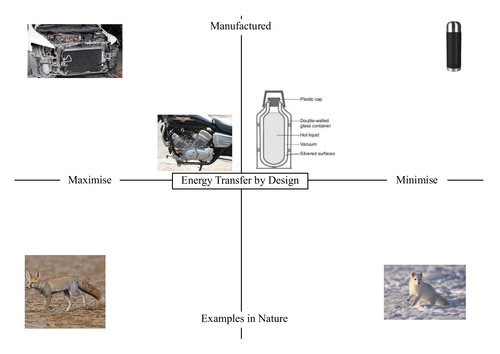Greg McCullough's Shop
Science Teacher who Specialises in Biology up to A-Level, Physics up to Triple Level and Mathematics up to KS3. I have experience teaching in both Primary and Secondary, PYP and MYP, AQA both domestic and international, and International Edexcel.





















